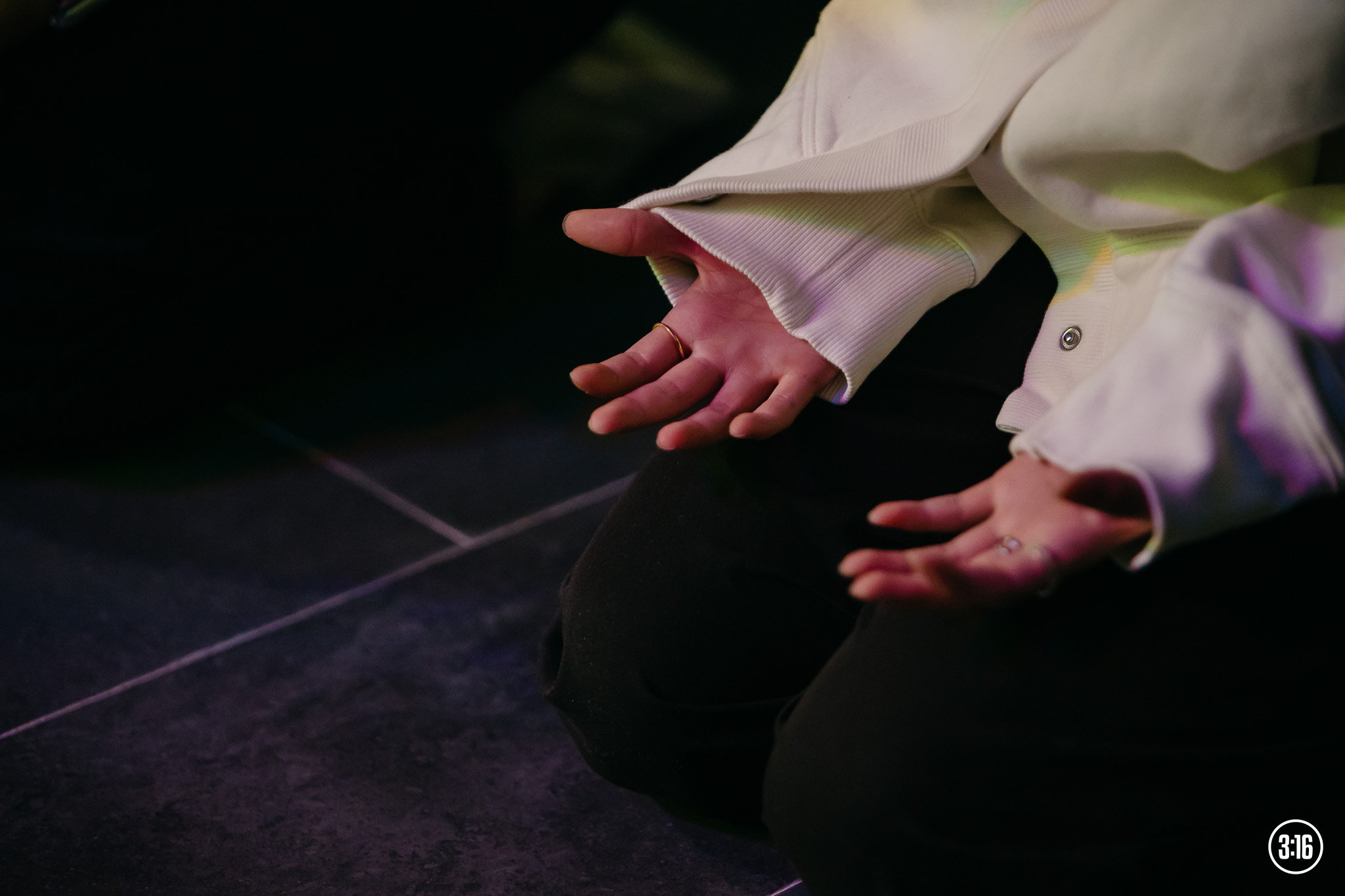Back when we could still meet in large numbers, seeing new faces at our weekend services was common, so our churches must be growing right?
Based on Singapore’s latest population census released today (June 16), that’s not quite the picture it paints.
In 2020, 150,000 households were surveyed, focusing mainly on the resident population (citizens and permanent residents).
Here are a few things you should know from the census, which is conducted every 10 years.
1. Christianity has plateaued in the last 10 years
Comparing 2020 data with the previous census in 2010, the number of Singapore residents aged 15 years and above who are Christians has grown very marginally from 18.3% to 18.9% (+0.6%).
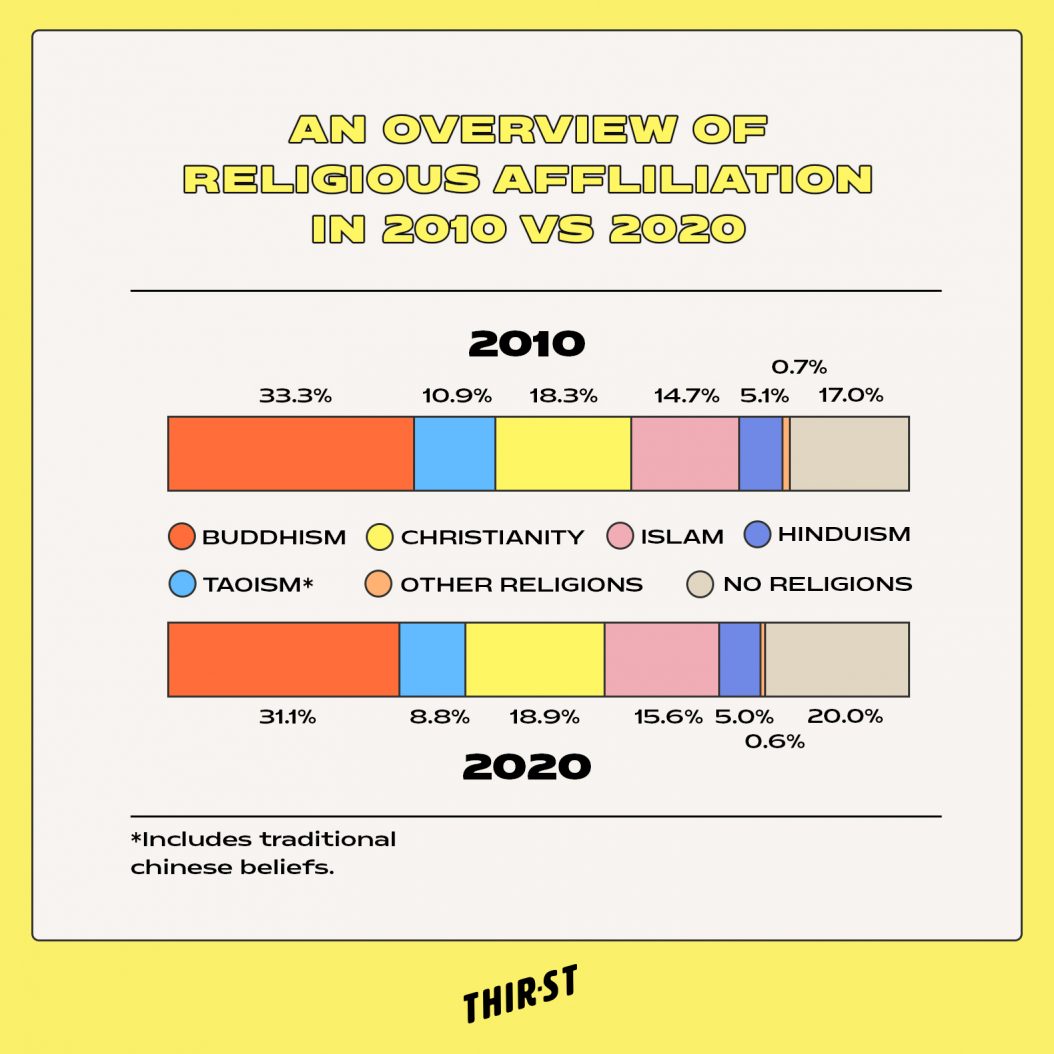
Over the last 10 years, the shares of Christians and Muslims increased slightly while that of Buddhists and Taoists decreased slightly.
Our country continues to be religiously diverse, with 31.1% saying they were Buddhists, 8.8% Taoists, 15.6% Muslims and 5.0% Hindus.
2. More identify as having no religion
What is worth noting is that the share of those who have no religious affiliation grew from 17% to 20% (+3%), making it the religious category that had the largest increase.
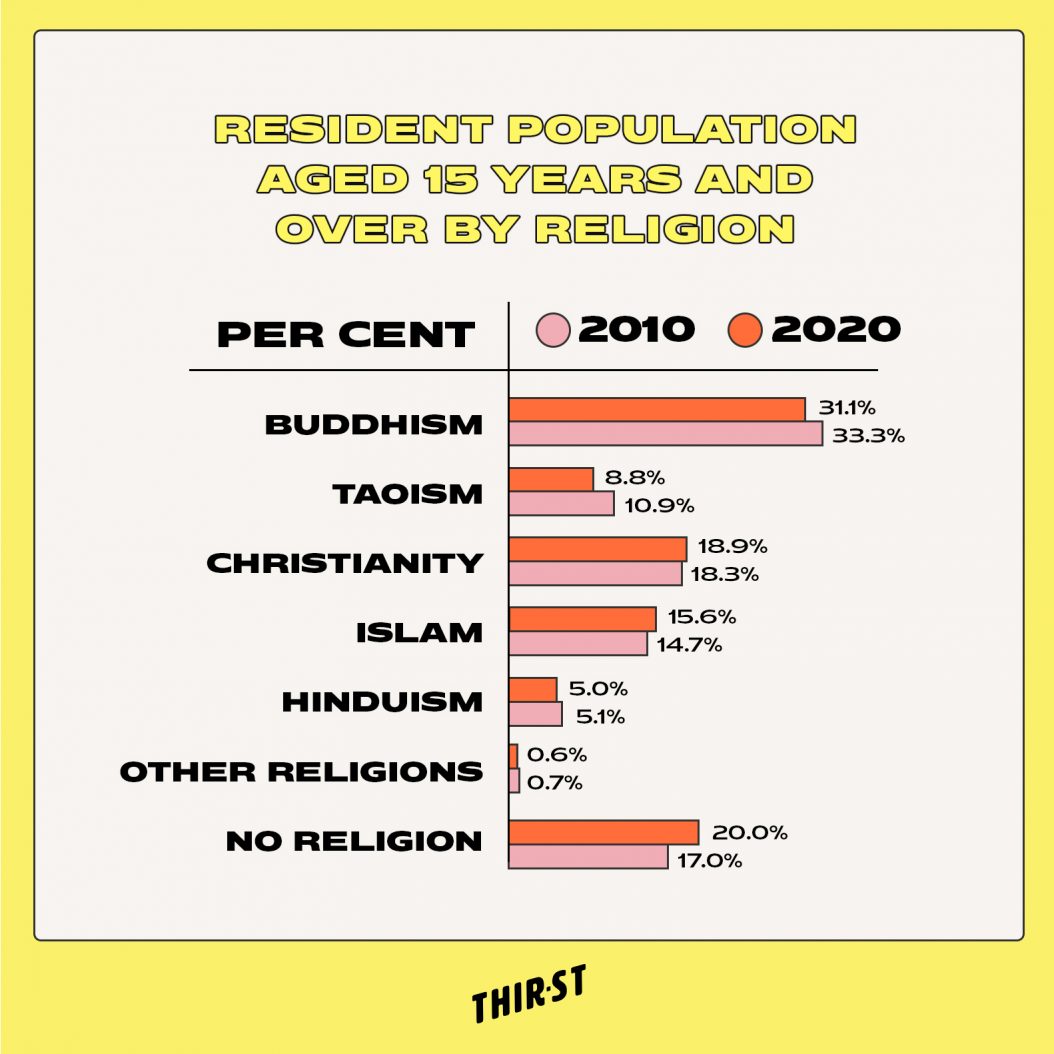
Although the proportion of residents with no religious affiliation increased across all age groups, this was more stark in younger age groups (see next point).
3. Younger people are more likely to have no religion
The census also found that 24.2% aged 15-24 reported no religious affiliation, unlike 15.2% of residents who were 55 years old and older.
In the 25-34 age group, this was even higher: 26.2% said they had no religion.
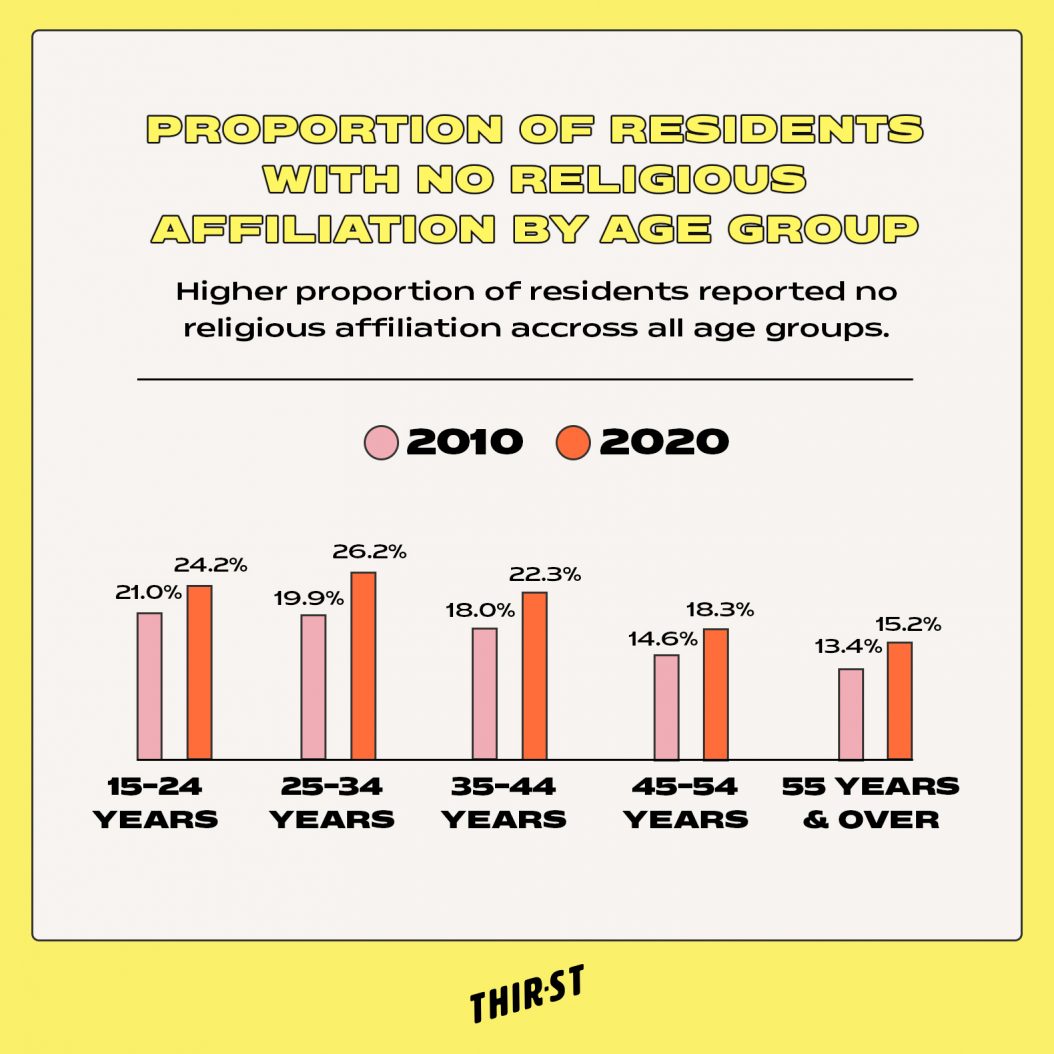
4. Smaller proportion of Christians aged 25-44
Although the share of Christians in the youngest age group of 15-24 increased slightly from 17.7% to 18.6% (+0.9%), this actually dropped among two other young age groups.
In the 25-34 age group, the percentage of Christians decreased from 18.4% to 17.7% (-0.7%), while a similar trend was observed in the 35-44 age group, shrinking from 20.3% to 18.5% (-1.8%).
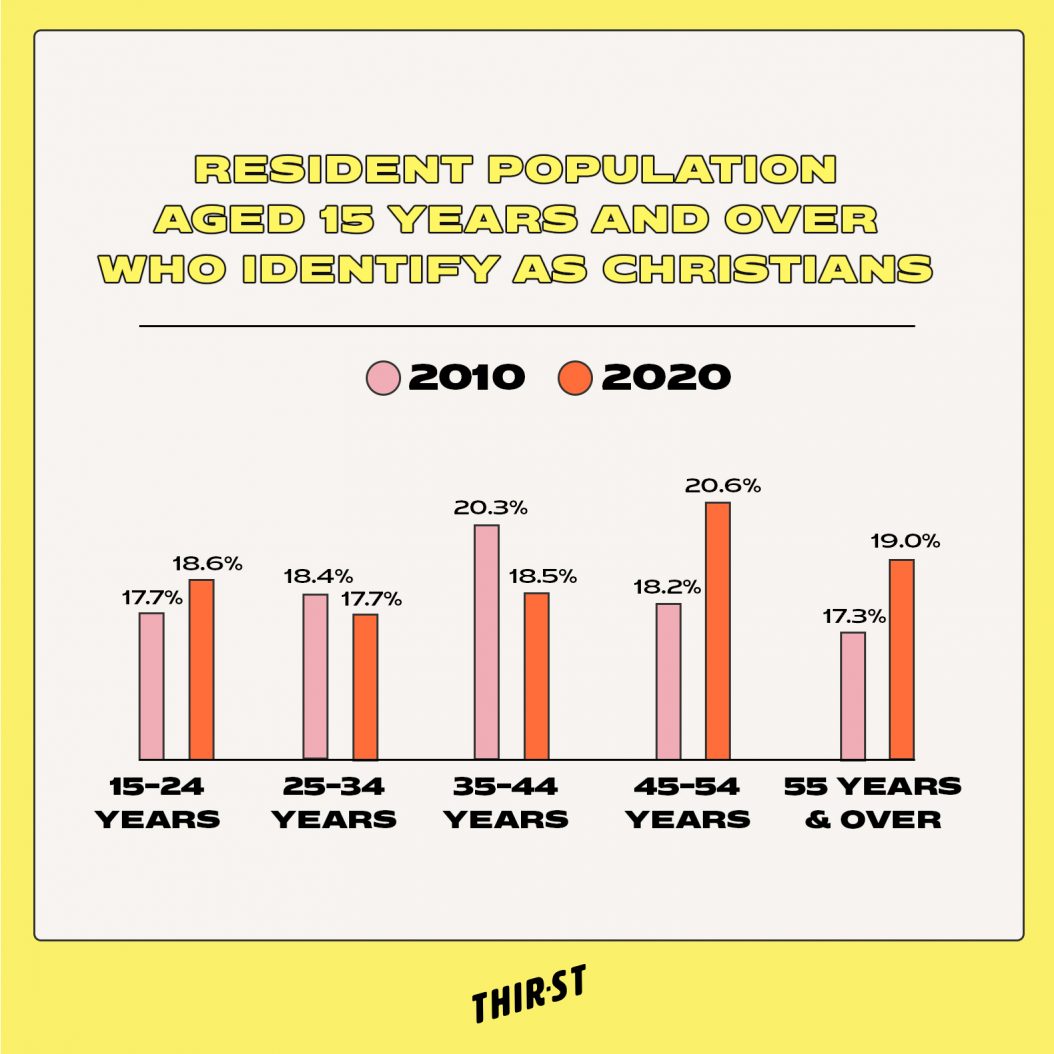
5. Decline in percentage of Christian university and poly grads
The proportion of Christians decreased the most (-3.9%) among university graduates compared to other types of educational qualifications, dropping from 32.2% to 28.3%.
In contrast, the percentage of residents who had no religion increased the most (+3.6%) in this same group, growing from 24.2% to 27.8%.
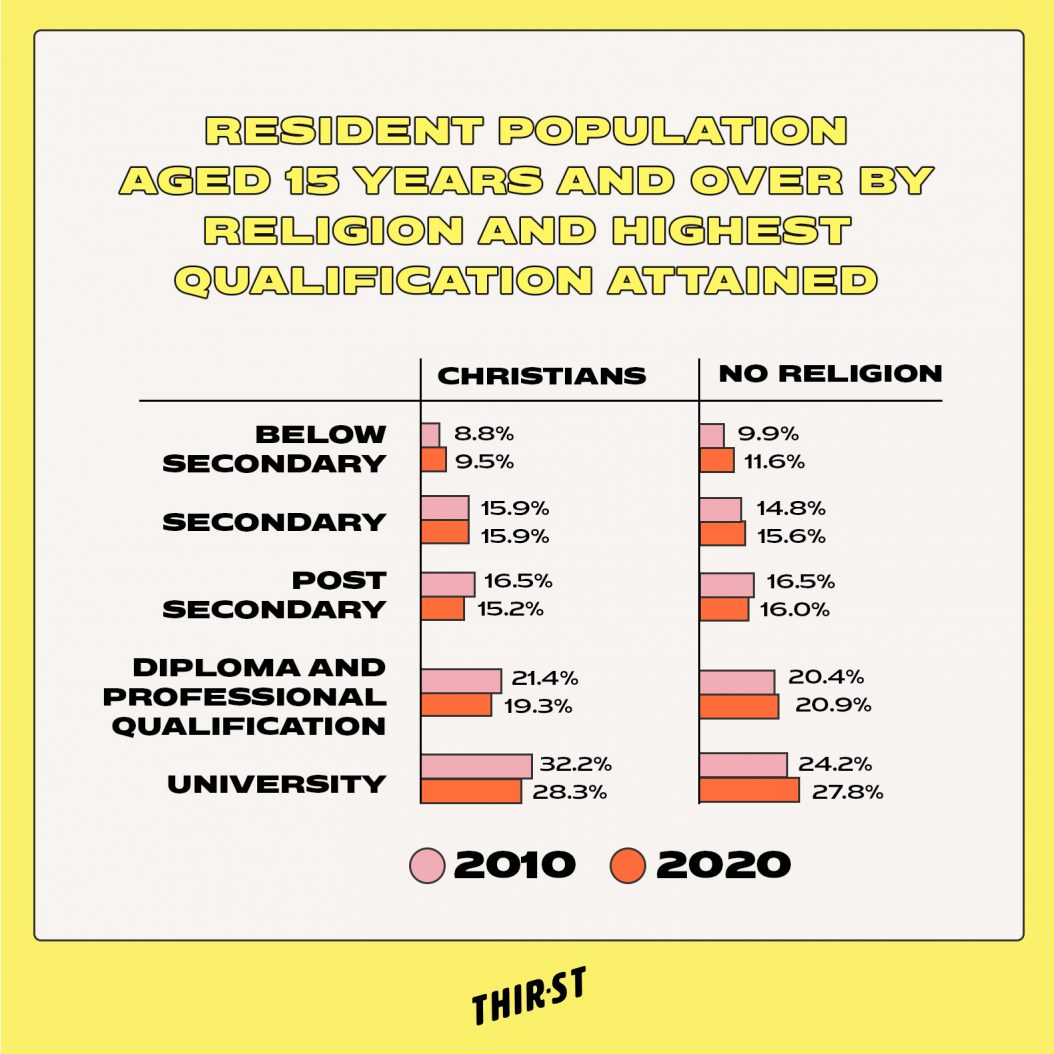
A similar trend was observed among residents with diploma and professional qualification, although the changes were less striking.
The proportion of Christians with a diploma or professional qualification decreased from 21.4% to 19.3% (-2.1%), while the percentage of those who said they had no religious affiliation saw a marginal increase from 20.4% to 20.9% (+0.5%).
What should we make of this?
In some ways, the results are not entirely surprising, given that there have been other recent surveys that also point to a trend of young people holding different views on religion compared to those of previous generations.
This has happened in both Singapore and overseas.
But let’s imagine together: What would our religious landscape look like in 10 years’ time?
How does this shape the way we think about our youth and young adult ministries in churches and on campuses?
May this big-picture snapshot bring us into deeper reflection, as we seek out God’s heart for those whom we meet in our schools and workplaces.








